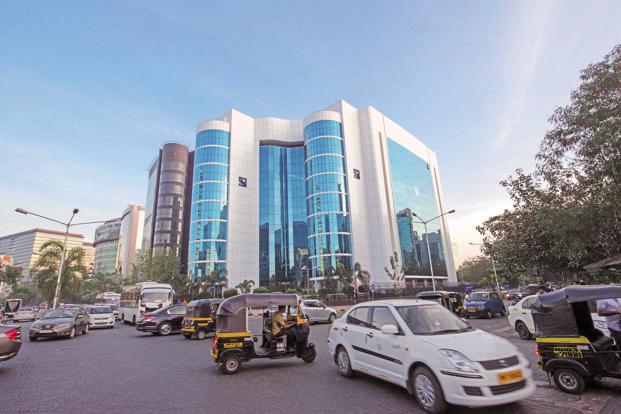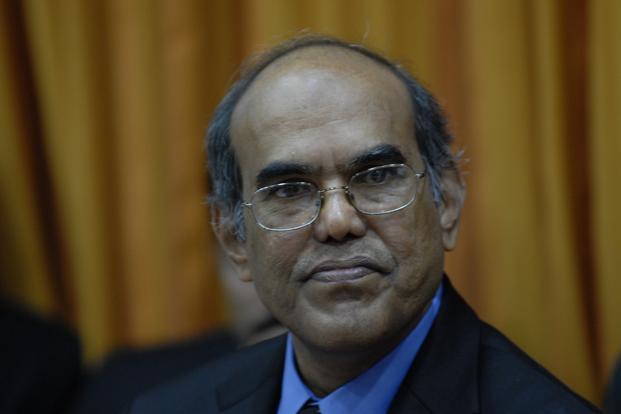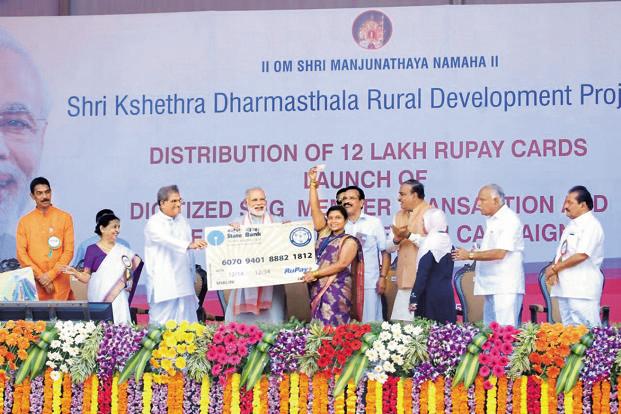The inevitable has happened. The rupee hit a new low on Tuesday—61.6 to the dollar. Until Monday, the local unit’s lifetime low was 61.21 a dollar, recorded on 8 July.
The continuous fall of the rupee makes one point clear—all monetary measures by the Reserve Bank of India (RBI) and talks by the government have failed.
The banking regulator has been targeting speculators in the currency market. It first capped banks’ daily borrowing from its repurchase window at Rs.75,000 crore, or 1% of banks’ deposits. It also hiked the bank rate as well as the rate of the marginal standing facility to 10.25%, asking banks to pay a higher rate for excess borrowing over and above Rs.75,000 crore. On top of these two measures, it had also announced a plan to sell bonds under so-called open market operations (OMOs) to drain liquidity from the system. All these measures were taken in the first phase. The objective was to make money more expensive.
When the regulator found these measures were not working, in the second phase, it capped individual bank borrowing limits at 0.5% of deposits. To tighten liquidity even further, RBI also made it mandatory for banks to maintain 99% of the cash reserve ratio (CRR), or the portion of deposits that they are required keep with the central bank on a daily basis, against the earlier 70%.
Finally, last week the central bank made it mandatory for foreign institutional investors to obtain the consent of holders of participatory notes and derivative instruments before hedging.
These measures have not worked because their implementation has been half-hearted. RBI has not tightened liquidity in the system as much as it had wanted to do and consequently, interest rates have also not gone up to that extent. For instance, the overnight call money rate, which should have been hovering around 10.25%, is now around 9%. This is because there is money in the system. On top of borrowing from the RBI’s repurchase window at up to 0.5% of their deposits, banks have an export refinance facility from which they can draw down money. Besides, barring one auction, RBI has not conducted OMOs to drain liquidity from the system.
The government, on its part, has been promising to take measures but barring a few tweaks in the foreign direct investment (FDI) norms in some sectors, it has not made any serious effort to ensure flow of foreign money to plug the hole in the current account.
The market has lost confidence both in RBI as well as the government. The rupee depreciation has not been driven by speculators—it is the result of genuine gap in demand and supply. The currency market sentiment is bad and bets are all one-sided—nobody wants to sell dollars; everybody wants to buy. This is because they all feel that the rupee will depreciate further.
It’s time to take some strong measures. RBI has done its bit but half- heartedly. Before it is too late, the government must announce steps to pump dollars into the system—a quasi-sovereign bond or NRI (non-resident Indian) deposits—and serious changes in FDI norms like in insurance sector to take care of the current account deficit if it wants to reverse sentiment and rein in runaway depreciation of the rupee. Since the Asian currency crisis in 1997, one can’t think of a single instance of rupee depreciation in the past 16 years when RBI has taken steps but failed to stem the currency’s fall so miserably as we are seeing this time around.



